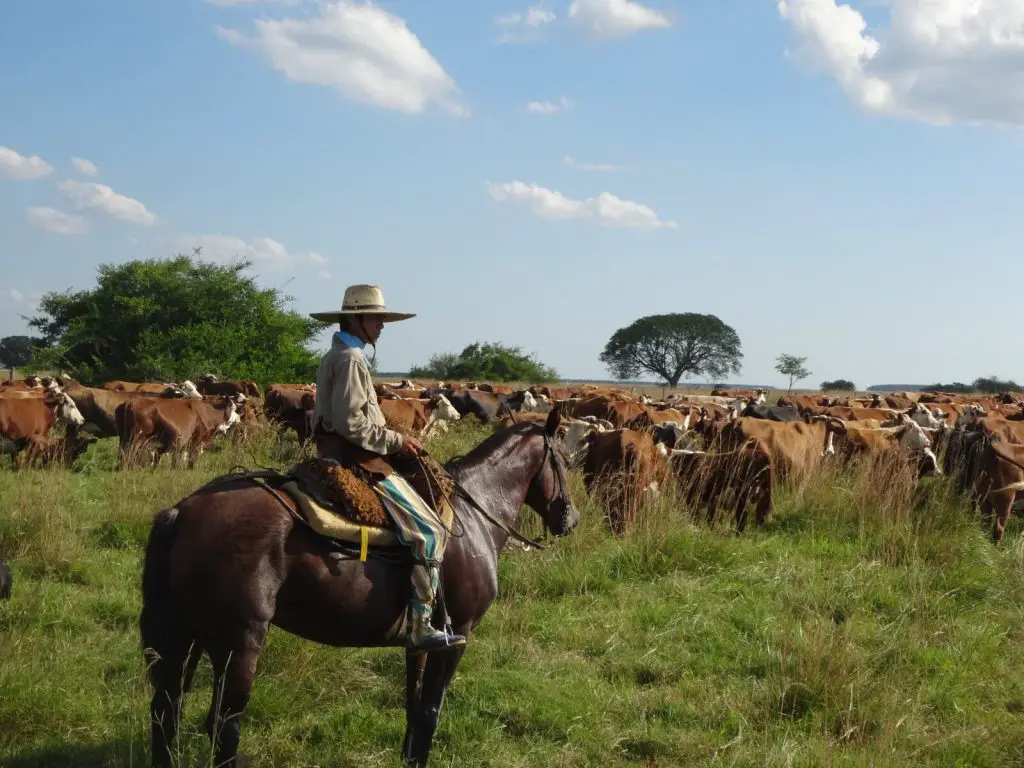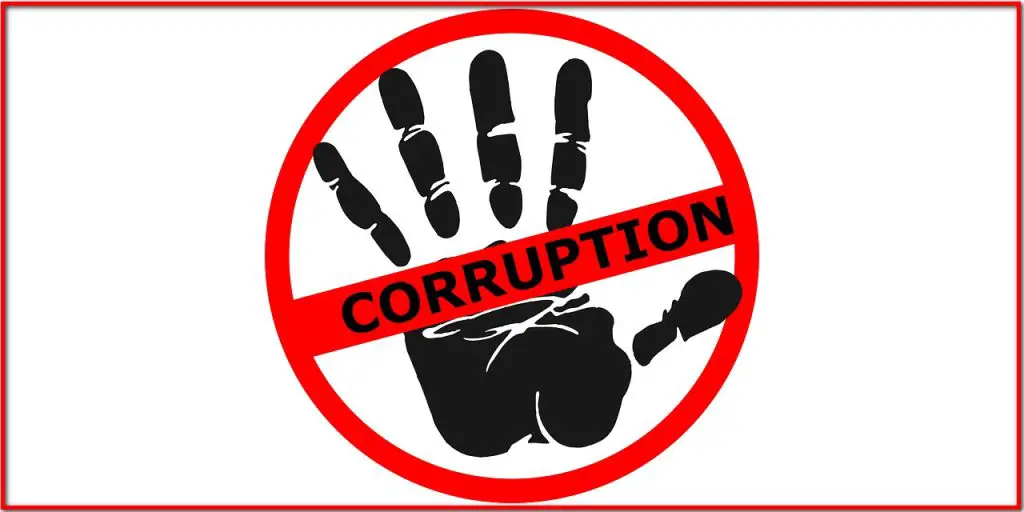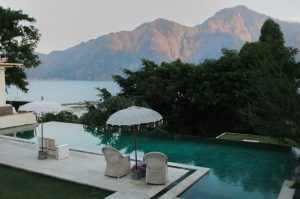Contents
- 1 Argentina’s Economy: A Century of Struggle
- 2 From Prosperity to Turmoil: Early 1900s
- 3 The Perón Era: Ups and Downs in the Mid-1900s
- 4 Military Rule and Economic Collapse in the 1970s-80s
- 5 The 1990s: Privatization and the Rise of Neoliberalism
- 6 The 2000s: Economic Crisis and Social Unrest
- 7 The Kirchner Years: Populism, Protectionism, and Scandal
- 8 Macri’s Neoliberal Agenda and the IMF Bailout
- 9 The Pandemic and the Current Economic Crisis
- 10 Corruption, Inequality, and the Informal Economy
- 11 A Look into the Future: Challenges and Opportunities
- 12 Conclusion: Lessons Learned from Argentina’s Economic History
Argentina’s Economy: A Century of Struggle
Argentina, once a symbol of prosperity and progress in Latin America, has experienced a tumultuous economic history marked by periods of growth, turmoil, and corruption. Does its history provide a cautionary tale that many first world nations, including the USA, need to heed?
Over the past century, the country has undergone a series of political and economic crises that have left its citizens grappling with poverty, unemployment, and inflation.

From the early 1900s to the present day, Argentina’s economic trajectory has been shaped by a complex mix of political ideologies – with no inclination to negotiate a middle ground – diverse and competitive social movements, and compounding global economic forces.
From Prosperity to Turmoil: Early 1900s
At the turn of the 20th century, Argentina was one of the wealthiest nations in the world. It was known for its agricultural exports and its booming industrial sector.
However, this era of prosperity was short-lived, as the country was hit by a series of economic downturns and political upheavals in the following decades.
The Great Depression of the 1930s, coupled with the rise of populist movements, led to a period of instability and inflation that persisted throughout the mid-20th century.
The Perón Era: Ups and Downs in the Mid-1900s

In the 1940s and 1950s, Argentina experienced a period of political and economic transformation under the populist leader Juan Perón. Perón’s government implemented a series of policies aimed at improving the living conditions of the working class, including labor protections and social welfare programs. However, this era was marked by corruption, authoritarianism, and economic stagnation.
Public spending far exceeded income and was compounded by corruption that syphoned off vast amounts into the pockets of an influential elite.
Military Rule and Economic Collapse in the 1970s-80s
In the mid-1970s, Argentina was plunged into the bloody dictatorship of Jorge Rafael Videla that lasted until 1983. Opponents simply disappeared in the middle of the night, never to be seen – or found – again. Victims were held in ‘detention centres’ and often subjected to horrific tortures before being killed.
During this period, the military government implemented neoliberal economic policies that led to a drastic increase in poverty, unemployment, and debt.
Argentina’s economy collapsed in the early 1980s, leading to hyperinflation and social unrest.
The 1990s: Privatization and the Rise of Neoliberalism
In the 1990s, Argentina underwent a period of neoliberal reforms that included privatization, deregulation, and free trade agreements. These policies were intended to modernize the economy and attract foreign investment.
While some sectors of the economy saw growth, these policies ultimately led to a deepening of inequality and social unrest.
The 2000s: Economic Crisis and Social Unrest
The early 2000s marked a period of economic crisis and social unrest in Argentina. The country experienced a massive debt default in 2001, leading to widespread unemployment and poverty. This crisis sparked a series of protests and social movements that led to the downfall of several governments.
The Kirchner Years: Populism, Protectionism, and Scandal
In 2003, Néstor Kirchner was elected president of Argentina, ushering in yet another period of populism and protectionist policies. Kirchner’s government implemented a series of measures aimed at reducing poverty and inequality, including social welfare programs and nationalization of some industries.
However, in a repeat of history, his government was also marked by corruption scandals and political polarization.
Macri’s Neoliberal Agenda and the IMF Bailout
In 2015, Mauricio Macri was elected president of Argentina, promising a return to neoliberal economic policies.
His government implemented austerity measures and pursued free trade agreements, leading to more social unrest and a deepening of inequality.
In 2018, Argentina was forced to request a bailout from the International Monetary Fund (IMF) to avoid defaulting on its debt.
The Pandemic and the Current Economic Crisis
The COVID-19 pandemic has exacerbated Argentina’s longstanding economic challenges, leading to a further deepening of poverty and unemployment. Argentina’s economy has contracted significantly, and the government has struggled to implement effective policies to mitigate the impact of the crisis.
Corruption, Inequality, and the Informal Economy
Corruption has been a persistent problem in Argentina’s economic history, with many governments plagued by scandals and mismanagement.

Inequality has also been a major challenge, with a significant portion of the population living in poverty.
The informal economy, which comprises a large portion of the country’s workforce, has also been a barrier to sustainable economic growth.
A Look into the Future: Challenges and Opportunities
Argentina’s economic future remains uncertain, with many challenges to overcome. The country must address its debt crisis and implement effective policies to reduce poverty and inequality to ensure Argentina’s economy fulfils the goal of making Argentine citizens prosperous again.
These reforms need to be done in a way that does not compound poverty or political instability will only increase as it did in Greece when severe austerity measures were forced on its citizens when Greece’s foreign debt became totally unmanageable.
However, there are also opportunities for growth, particularly in renewable energy and technology sectors. Argentina is still also capable of being a major exporter of food.
Argentina also has a relatively young workforce with an average age of 31.5 compared to the USA at 38.5 and 36.7 in Australia.
Conclusion: Lessons Learned from Argentina’s Economic History
Argentina’s economic history offers important lessons for policymakers and citizens alike in all countries.
Argentina’s experience highlights the need for a balanced approach to economic development, one that prioritizes social welfare and environmental sustainability.
It also underscores the importance of transparency and accountability in government, as well as the need for a resilient and diversified economy. By learning from its past, Argentina can chart a more stable and prosperous path forward.
Argentina’s economic history is a complex and tumultuous one, marked by periods of growth, turmoil, and corruption.
While the country has faced numerous challenges and setbacks over the past century, it has also demonstrated resilience and the potential for transformation.
The future of Argentina’s economy will depend on its ability to address longstanding challenges, implement effective policies, and capitalize on emerging opportunities.
By embracing a balanced and sustainable approach to economic development, Argentina can build a brighter and more equitable future for its citizens.
But to do so it first has to end the political divide that has cleaved the nation and resulted in successive populist governments that have ultimately, exacerbated the problems faced by the bulk of Argentinians.






